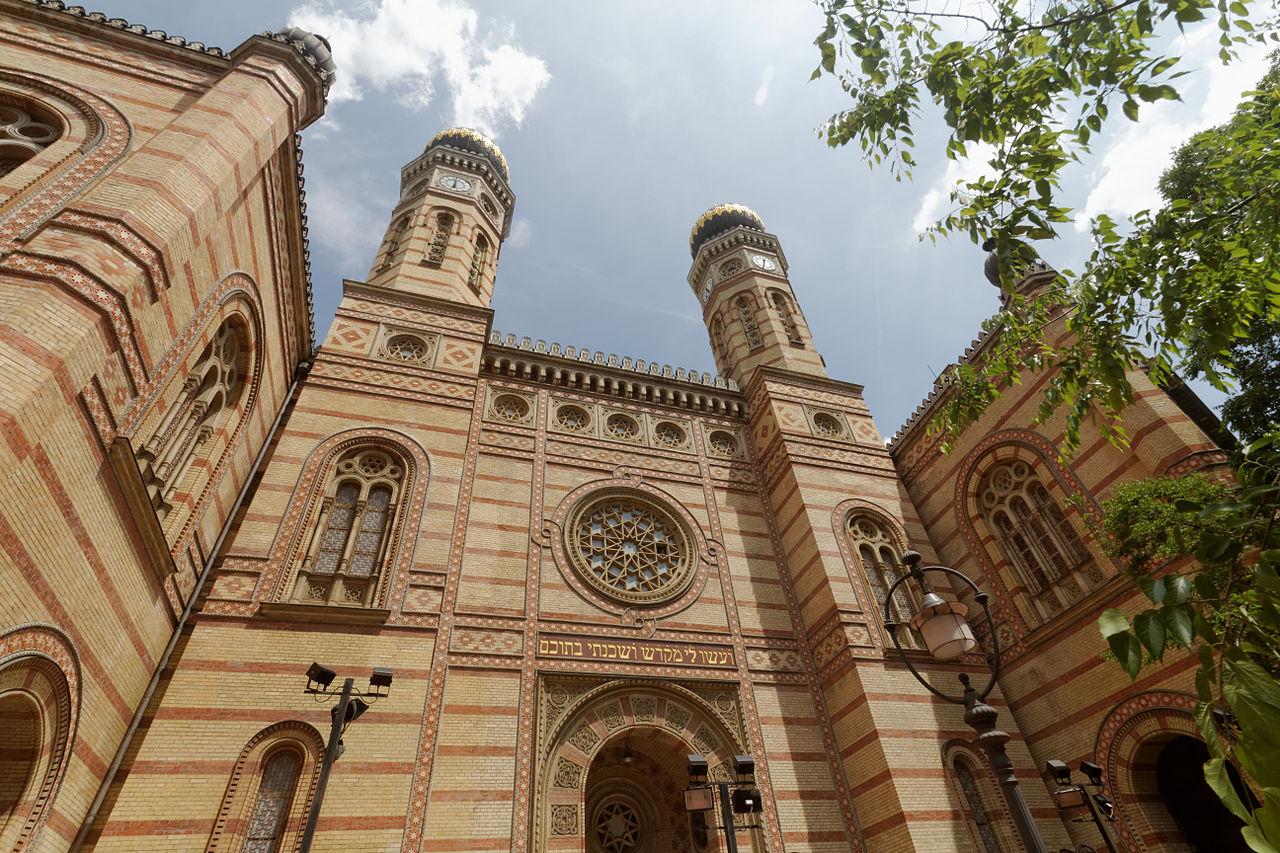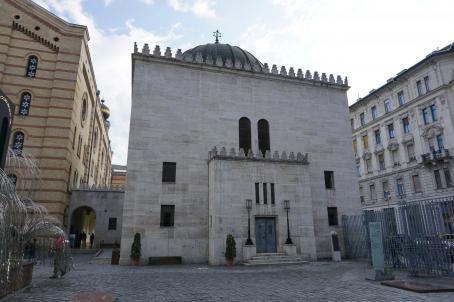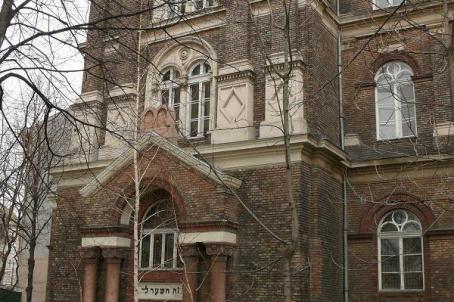Dohany Street Synagogue
The synagogue on Dohany Street is the largest neologistic synagogue in Europe and a symbol for Hungarian Jews. The building was constructed between 1854 and 1859 and was one of the first synagogues to be built in the Moorish style. The synagogue was renovated in 1929-1931 and 1991-1996, after decades of neglect under the Hungarian communist regime. During the Second World War, the synagogue was located in the heart of the Budapest ghetto. The synagogue complex now includes a museum and a memorial for Hungarian Jewish soldiers of World War I. The synagogue on Dohany Street is one of the few synagogues to house an organ. It hosts classical music concerts and serves as a venue for various festivals.






